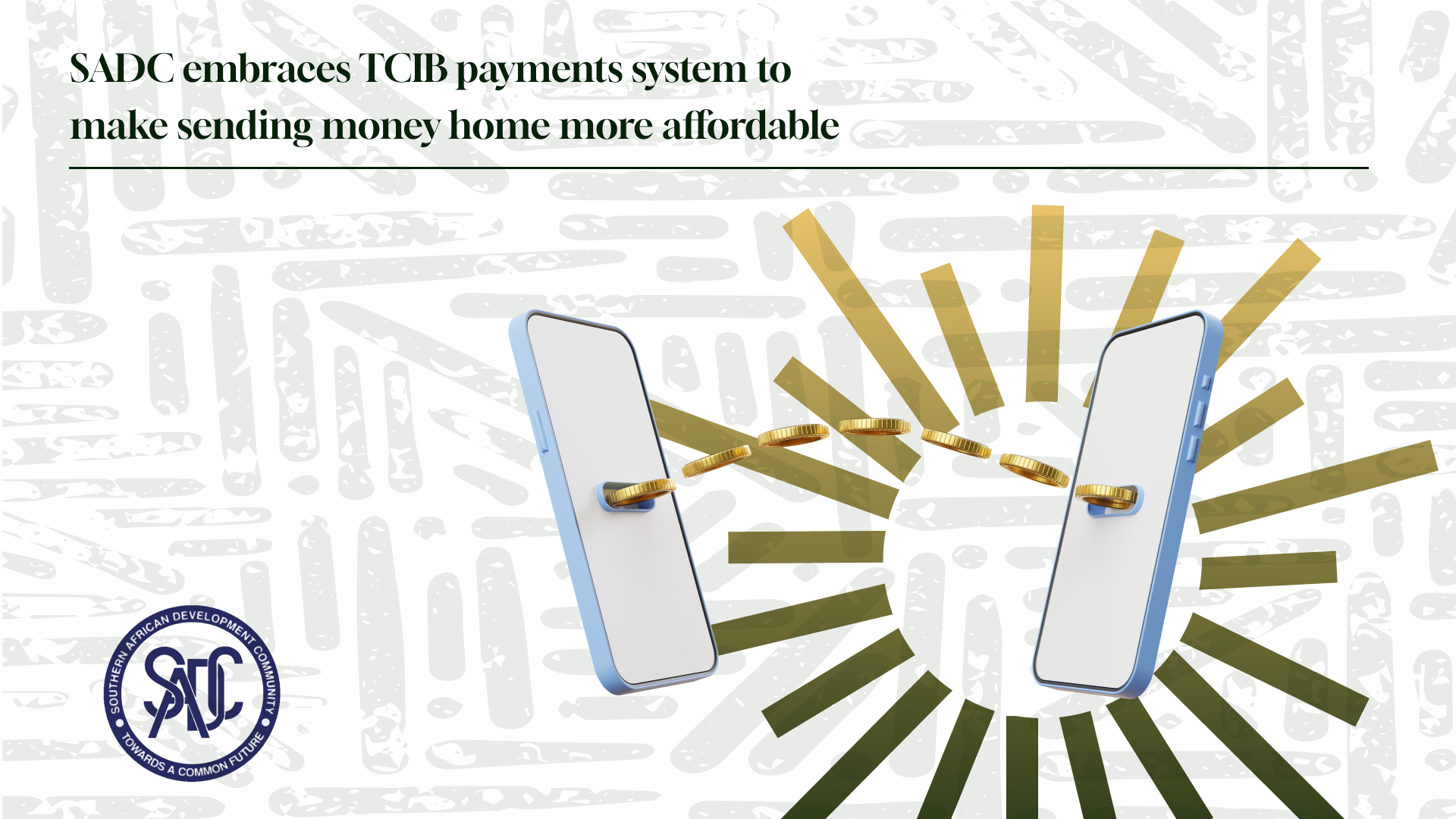Eswatini is looking to partner with development agencies and the private sector as well as Government actors to mainstream software engineering and entrepreneurial capacity development interventions. In order to encourage active participation and diverse innovations, the Central Bank of Eswatini wants to encourage people to try different ideas that offer digital solutions for long-term fintech challenges.
Looking at countries that are advanced and performing well such as Eswatini’s neighbour South Africa, it’s a trial and error practice, until entities get it right and eventually develop a sustainable fintech model.
According to the 2023 Fintech landscape report, it is evident that with the right resources and policy, the Eswatini tech landscape can develop faster. Currently, the fintech landscape is at an inclusion rate of 87%.
You should also read: Eswatini Financial Services: Another Triumph For Mobile Money
But financial inclusion alone does not necessarily translate to the optimal use of digital platforms and services, which means that more still needs to be done to ensure that the market base actually utilises the services, according to findings from the latest Eswatini Fintech report released in July.
The report presents a recurring challenge, that being that there is a high rate of financial inclusion but the digital use is comparatively low. This presents an opportunity for the development of innovative capacity to encourage the user of digital services.
The first step would be to tap into the local skill set and develop innovation hubs and accelerator programmes to include locals such as youth in the digital development ecosystem. The other option would be to import skills knowledge and expertise to help build and bolster sustainable digital service provision products and services that meet market needs.
The benefit is that the competitive forces are limited – because the sparseness of ecosystem actors reduces the competition, which is more prevalent in the digital payments sector.
The fintech landscape is nascent, with the potential to develop a homegrown fintech eco-system that innovates and builds solutions for the country and also develops a consumer market that adopts and uses new innovations.
Creating an enabling environment in the Eswatini fintech landscape would require significant capacity building of the regulators and a market-facing platform for engagement and learning. It also let to close regulatory gaps and also embrace the tenants of key related policies.
Perhaps the most important aspect is to ensure that the digital infrastructure, digital platforms and digital financial services match the digital skills, in accordance with the diagnostics of the Digital Economy for Africa (DE4A); an integrated framework developed by the World Bank Group.








